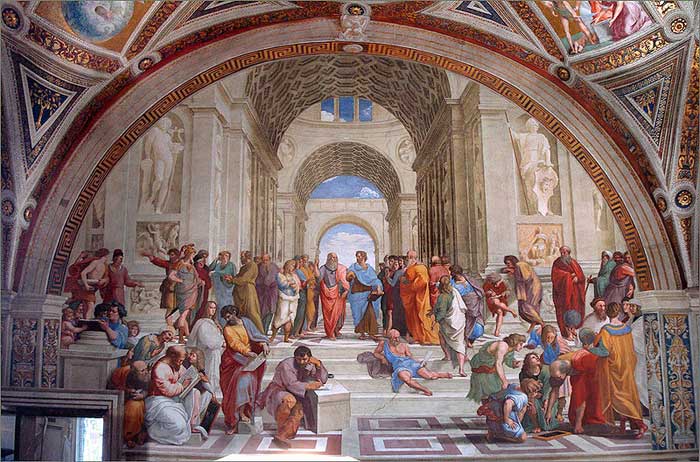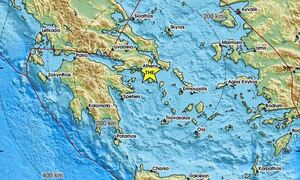Pentegrammon: Deeply rooted in Greek ancient tradition

It was central in Philosophy and Mathematics in Ancient Greece.
"Victim" of usurpation of the Greek ancient symbols from marginal aspects of western civilization is the known pentegrammon (or pentacle), which unjustly has imprinted in a negative way in the collective unconscious of modern society.
For some, the pentegrammon may be related with witchcraft, Satanism, Freemasonry or Zionism, but is a symbol deeply rooted in Ancient Greece, in the development of philosophy and mathematics.
As evidenced by the "Great Dictionary of the Greek language" of Henry G. Liddell and Robert Scott, the pentegrammon found in Ancient Greek Literature. Pentegrammon defined as "the star shape formed by the Pythagoreans, by engaging triangular shapes, commonly this shape is called Pentacle". Indeed, the word "pentacle" occurs in Lucian, and subsequently displayed and the word "pentemychos", which means "having five sanctuaries".

The pentacle is part of an ancient symbolist tradition which start from the primitive man's attempt to wrestle and then to understand the forces of nature. In early societies, even before the legends become the first form of systematization of knowledge, the magical element was incorporated in the perceptions that were formed about numbers and shapes. As the numbers 3,4 and 7 were common "mystic" numbers, so the pentacle was one of the established "mystic" symbols. As notes Dirk J. Struik in "Brief History of Mathematics", these early representations were the first attempts to allocate the triangular numbers, which later played an important role in Pythagorean mathematics and this "magical" side of mathematical was the decisive factor for the future development.













